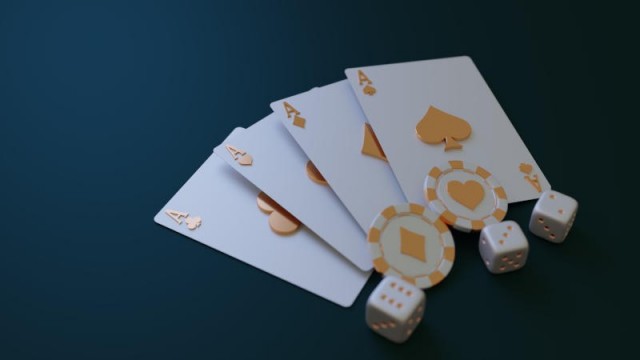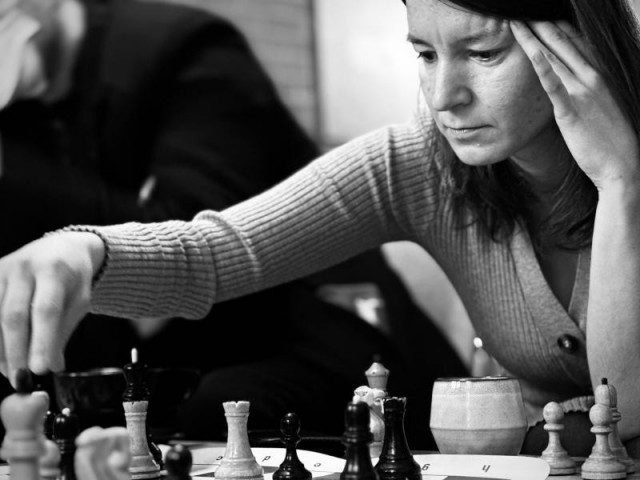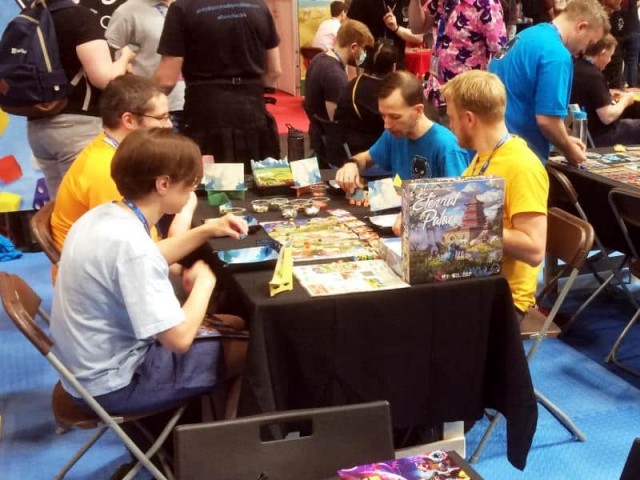 I've made no secret of the fact that I'm a bit of a Tolkien nerd. Not so much of a Tolkien nerd that I have researched extensively what a greater obsessive once described to me as "the external textual history" or to have learned to speak or write in Elvish, but enough of one to know that there's more than one Elvish language, and to be aware that that's not the sort of titbit which goes down well in polite conversation. But here, in the midst of people who pin their fan badges to any number of sci-fi TV shows, obscure pulp literature or horribly addictive MMORPGs, I can make that admission without discomfort.
I've made no secret of the fact that I'm a bit of a Tolkien nerd. Not so much of a Tolkien nerd that I have researched extensively what a greater obsessive once described to me as "the external textual history" or to have learned to speak or write in Elvish, but enough of one to know that there's more than one Elvish language, and to be aware that that's not the sort of titbit which goes down well in polite conversation. But here, in the midst of people who pin their fan badges to any number of sci-fi TV shows, obscure pulp literature or horribly addictive MMORPGs, I can make that admission without discomfort.
It therefore pains me a great deal when critics of "serious" literature rubbish Tolkien as reactionary and derivative. It pains me more so when fellow fantasy authors do it, in spite of the huge debt that every one of them owes to the man, as Michael Moorcock does in his infamous essay epic pooh. Whilst much of what these people say about the highly traditional, unchallenging and allegory-free nature of the books might well be true, it nevertheless entirely misses the point of what they were trying to achieve. Tolkien made clear that his intention in writing the mythos of which The Hobbit and The Lord of the Rings eventually became a part was to create a myth cycle to replace those lost by the early Britons, first to the Romans and later to incursions from northern Europe. Tolkiens' literature sounds reactionary and derivative to the modern eye because it's supposed to be: if you read some proper, traditional myth epics such as the Táin Bó Cúalnge you'll disover that Tolkien did in fact succeed in his purpose admirably. He not only replicated the feel and motifs of ancient myths in a form digestible to a modern audience but he manged to improve and expand upon an art form that had taken generations of people across entire cultures to perfect. Now that's what I call genius.
Looked at from this perspective the two books most familiar to the public, The Lord of the Rings and the Hobbit, are somewhat like mushrooms - the most visible part of an organism that runs, unseen, deep into the earth. It explains why I, and many other Tolkien obsessives, continue to see The Silmarillion as the actual crowning achievement, collecting as it does the founding myths about the world in which the events of the later novels takes place. That depth is crucial to gain a full appreciation of those later novels, so if you count yourself a fan, go read it. I know people find the slow pace and the mythic language offputting but it's worth it: the longer you read the more engrossing it becomes. It reveals a tragedy: a vision of perfection marred by powerful immortal beings acting under the impulse of all too-human foibles such as lust for power and pride. I find it very moving.
I bring this up not to chide you for having read the book but to explain why it is that adaptations of Tolkiens' work - which is what this article actually aims to be about - can't ever live up to the expectations of people like me. That sort of depth can only come across in literature: board games, video games and films simply don't have the time or - in many cases - the devices required to expose it. Instead such adaptations are required to take what's on offer in Lord of the Rings after having removed everything from it that makes it special, unqiue, and craft something out of the leftovers that is exciting, compelling and which has the potential to please punters from those who've never read a single Tolkien book to those who've learned the languages that he invented. It's a tough ask. And the road is littered with failures such as the god-awful graphic novel version of the Hobbit I once bought mistakenly from Amazon, thinking it to be an illustrated version of the book which would make a good present for my niece, or the unintentionally hilarious rotoscope adaptation. Bearing that in mind we ought to be thankful that adapters have done as well as they can. Let's take a look at a few successes.
This being a site about board games, I feel compelled to begin with War of the Ring. In fact this entire article was inspired by a couple of recent sessions of this excellent game from Nexus. What's so great about WotR from the point of view of it being an adaptation rather than mechanically (i.e. as a board game) is that framework of action dice, event cards and the tactical/strategic split allows the players to re-tell the story of Lord of the Rings in a manner which is unique to every game, and yet which is still recognisably the Lord of the Rings. I've heard complaints that the game feels scripted because of this: it doesn't feel scripted to me because there's still plenty of meaningful choice on offer, but these pre-empted chains of actions are what make the game work so well as an adaptation. In my last game, after Boromir gave in to the temptation of the ring, Merry followed him. Gimil fell at Helms Deep alone, as Legolas had actually entered Mordor with Frodo, Sam and Pippin and together all four of them toiled up Mount Doom and threw the ring into the fire. It was a satisfying game and, more importantly, an entirely beliveable re-plotting of the book in spite of the question marks over what the poisonous airs of Mordor might have done to Legolas' coiffure. Whilst I find the game falls marginally short as a strategic exercise - too much seems to hinge on the random rolls and draws of the Hunt - as a thematic vehicle it surpasses my expectations most plays. It belongs, along with Dune to that tiny and elite group of games which are so tightly connected to their source material that the game would become almost meaningless without its theme.
Even so, there are parts of the mechanics that don't stand up to scrutiny. Most irritatingly the central importance of the hunt encourages the free peoples player to keep as many companions with the ringbearer as possible, except for Gandalf and Aragorn, just to act as corruption fodder whereas in the book this was the fate of none save Boromir. Heroic exploits in politics or warfare are rare for everyone except those two, principle, dice-giving characters. Good as the game is, this rankles for me, and not just from the point of view of a Tolkien purist. It leaves the free nations to slowly activate after attacks from Mordor or the odd muster dice, instead of having activation and advancement on the political track as a valid strategy. It means that the potential tactics around ensconcing companions in strongholds to help the defence is - with the exception of Aragorn at Minas Tirith - rare. I thought for a while about what, if anything, could be done about this without seriously screwing up the rest of the game system and the best I came up with was an increase in the movement speed of the companions so that it wouldn't take a hundred valuable, ringbearer moving, character action dice to get them where they needed to be. That might be worth a shot: but for the most part I think the risk of interfering with other mechanics in an otherwise great game is too large to try and "fix" this minor problem.
In terms of video games I honestly have yet to come across anything better than the now extremely venerable Angband. At first glace it seems to offer relatively little to the Tolkien purist: the plot concerns a generic adventurer wandering into a generic dungeon in order to face a number of generic monsters, many of which have nothing to do with middle-earth at all, in order to descend to the bottom and kill Morgoth, lord of darkness. You may recognise that Morgoth at least is authentically Tolkienesque: he's the original Dark Lord and the master of Sauron. But once you've become familiar with the game, you'll spot there are a number of connections to the source material. Many of the named "boss" monsters (known in Angband parlance as "uniques") are characters from middle-earth, and many of the most powerful magical artefacts are drawn from the same source. Not for nothing is the most powerful magical weapon in the game modelled on and named after Ringil, sword of Fingolfin the high king of the Noldor, the only blade in middle-earth ever to succeed in wounding Morgoth. It's not a lot to go on, to be sure, but it's enough, and I've found that I get added pleasure from running Dunedain paladin characters named "Beren" and pretending that my game is a mirror of that characters' epic quest to retrieve a Silmaril from Morgoths crown which comprises one of the most famous tales of the legendarium. Besides which, frankly, the game is ridiculously addictive and doesn't need a great deal of theme in order to convince me to play it and in spite of its very simple graphics and game play it still manages to stand head and shoulders above the morass of mass-market games released in the wake of the film adaptations.
Which brings us, inevitably, to the elephant in the room: Peter Jacksons cinematic translation of the books to the screen. When I first heard that this was going ahead I hoped fervently that he'd make as few changes to the book as possible. Having seen the films I've decided that the opposite is true - the books needed changes, many changes, in order to make them a watchable film. The chosen changes were bold and demonstrated a fine appreciation for the fact that the distinguishing characteristic of the source material - its mythic quality and depth - would never survive the transition to screen. Instead, Peter Jackson made an action film. But not just any old action film - he resurrected the idea of the Hollywood epic and in doing so showed a great understanding of the uniqueness of his inspiration: because even if you can't get across the quality and breadth of myth into a film, the one quality of myth you can bring across is it's grandeur, it's scope. And the films captured this very well indeed, with the occasional nod to us fanboys such as Gandalf describing Valinor to Pippin (an odd choice, since Pippin will never see it) to keep us satisfied.
But that's not to say that I find all the changes acceptable. Because after several repeat viewings, including the extended edition, I've come to find The Two Towers nigh-on unwatchable. There are a number of things about it which gall me, and they're all changes from the original text. It annoys me that the Ents have been reduced from a glorious, if dwindling race into a sad, passive force who need a big kick up the arse from Merry and Pippin before they'll do anything. I find the introduced sub-plot featuring the Strider-Eowyn-Arwen love triangle and Strider falling off the edge of a cliff not only unnecessary and dull but cheapening to the relationship between the future king of Gondor and his future wife. Unions between man and Eldar are supposed to be special, you know. The scene in which Gandalf inspires the king of Rohan is one of my favourite in the whole book: it's the turning point of the story, the beginning of the rise of the free peoples and, because it is accomplished without magic, it offers bright and shining hope for us who worry about future misery or dotage. In the film it's nothing more than a magical duel between Gandalf and Saurman.
But, and I'm sure you all saw this coming, the worst thing is the ending. It's bad enough that Faramir succumbs to the lure of the ring, thus undermining yet another message of hope. It leaves him, for me at least, as a relatively unsympathetic character whose fate in the dramatic events of the third film I care little about. But worse than that it makes no sense. Frodo - and the ring - is discovered by a Nazgul. In spite of the fact that the Nazgul are portrayed elsewhere in the trilogy - quite rightly - as beings of terrifying power, the ease with which Frodo escapes this encounter stretches the suspension of disbelief to breaking point. They then finally snap when Faramir, having witnessed just how useless and frail Frodo actually is then agress to let him go off on his appointed mission. Having made a horrible mess of this, Jackson then makes no effort to go on and consider the wider implications of his plot change. Sauron now knows the ring is in a lightly defended area on his own border, a mere stones throw from Mordor itself. Why does he not immediately empty Minas Morgul in an attempt to isolate the ringbearer and flush him out, capturing the ring and crushing Gondor in the process? In Jacksons version of the story, this is the "logical" way for him to behave yet, for reasons known only to the Dark Lord himself, he goes back to the original plot line and is eventually defeated. It's so nonsensical I can hardly watch it.
Jacksons' reasoning behind these changes are well known: he needed an obstacle for the end of the film to make the finale dramatic, and he felt that Faramir being able to resist the lure of the ring made the ring itself less of an evil presence. I don't accept either of these arguments. If a dramatic ending was needed, a bit of re-editing could have seen the battle of Helms Deep as a fittingly dramatic end sequence. The need of the ring itself to appear constantly threatening is something that was required in the first film, which lacked a major "enemy" with which the audience could identify: now that the screen is thronged with orcs and fell beasts, the need is no longer there. And if he had to change it, why not at least write a fucking plot that adds up? But I'm clearly in a minority on this. It's actually rated the highest of the three films on metacritic when reviewed by people who ought to know what they're talking about. My favourite of the three remains the first: the second is ruined by the changes and the third, in spite of the awe-inspiring Pelennor Fields sequence, is spoiled by the all-conquering army of the dead and the double ending problem. The latter was probably inevitable: both the end of the War of the Ring and the departure of the ringbearer needed to be their in order for a satisfying conclusion, and the scouring of the shire, which serves to separate them in the book, was an obvious edit to keep things at a sensible length.
Finally I must wonder on the question of what the man himself, JRR Tolkien, would have made of all these adaptations? The answer, I suspect, is very little. He himself thought the book unfilmable and sold the rights for a trifling sum clearly unable to foresee the huge advances in technology that would make his vision a reality. He was a conservative Christian who was, during his life, appalled by the following his books garnered amongst people in the sixties counter-culture and he'd probably be doubly appalled to see people like me enjoying games based on his universe which glory in violence and bloodshed. But the one thing I can guarantee would have shocked him to the core was this: the creative minds behind the three most faithful adaptations of his vision in different media all saw fit to put wings on the Balrog. Philistines. The man would be spinning in his grave.
 Games
Games How to resolve AdBlock issue?
How to resolve AdBlock issue? 
















